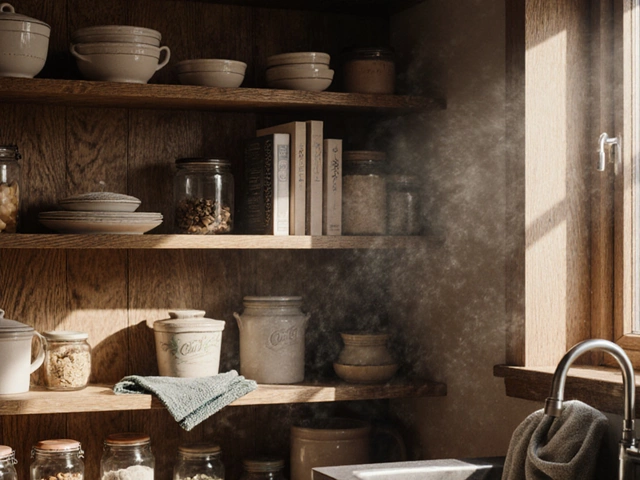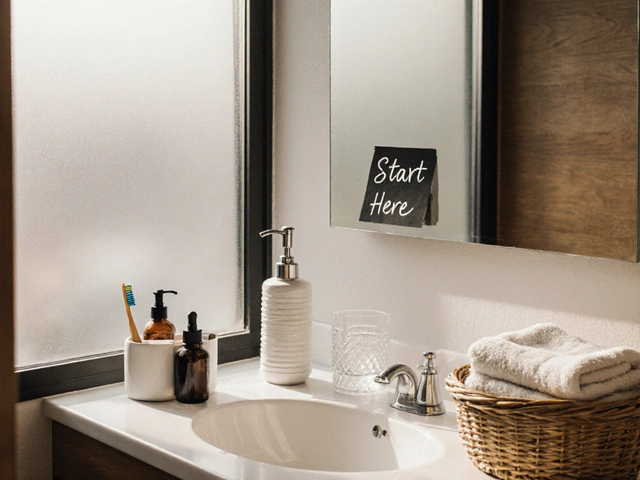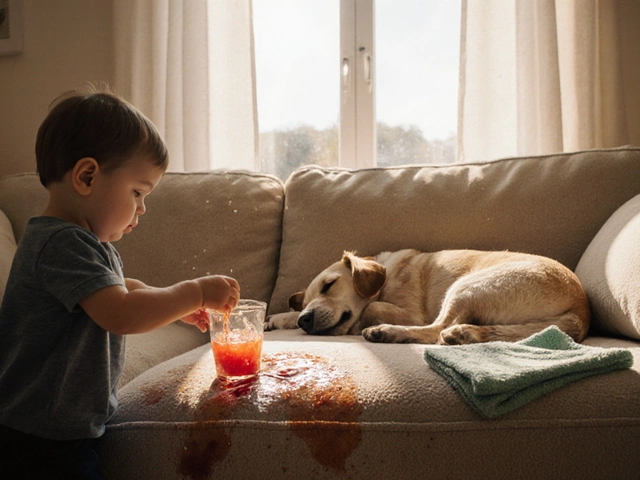Bathroom Color Ideas: Fresh Palettes to Transform Your Space
Staring at blank walls can feel overwhelming, but picking the right bathroom color doesn’t have to be. A good hue can make a cramped cubicle feel larger, a gloomy room feel uplifting, and even a plain space look like a designer showcase. Below are simple, practical tips you can apply right now, no interior‑design degree required.
Start with the Right Base Tone
The first step is choosing a base color that works with the size, lighting, and existing fixtures. If your bathroom gets a lot of natural light, you can go a bit bolder – think soft greens or muted blues – because the light will keep the room from feeling closed in. For darker spaces, stick with light neutrals – whites, creams, or pale greys – to reflect whatever light you have and create the illusion of depth.
When you’re on a budget, paint is the cheapest way to overhaul a room. Two‑coat satin or eggshell finishes hide moisture spots better than flat paint, and they’re still easy to clean. Test a sample on the wall and watch it at different times of day; you’ll see how the color shifts with natural versus artificial light.
Don’t forget the ceiling. A very light shade (even a hint of the wall color) can raise the ceiling visually, while a darker ceiling can add drama in a large, airy bathroom. If you’re feeling adventurous, a subtle pastel on the ceiling can add a surprising pop without overwhelming the space.
Play with Accent Colors and Finishes
Once the base is set, add interest with accents. Tiles, towels, and accessories are low‑cost ways to introduce color. A navy vanity splashback, a patterned floor tile, or even a handful of teal hand‑towels can become the room’s focal point.
Contrast works best when you stay within the same color family. For example, pair a warm taupe wall with coral accessories, or match cool grey walls with lavender shower curtains. The similarity keeps the look cohesive, while the contrast adds personality.
If you love metallics, brushed gold or matte black fixtures can elevate a neutral palette instantly. The key is to limit metallic accents to two or three pieces – a faucet, a mirror frame, or hardware – so the look stays intentional.
Consider the finish of your paint, too. A matte wall paired with a glossy tile creates a subtle push‑pull effect that feels modern and clean. Just be sure the glossy surfaces are in low‑traffic areas where cleaning is easy.
For small bathrooms, vertical stripes or a single bold wall can add height. Use a paint‑by‑numbers kit or a painter’s tape to create a sleek stripe that draws the eye upward. Even a thin line of a darker shade can break up monotony without making the room feel cramped.
Don’t overlook the floor. If re‑tiling isn’t an option, a large‑format vinyl in a light shade can make the floor feel less busy and more expansive. Pair it with a darker wall to keep the overall balance.
Finally, test your full palette together before committing. Lay out fabric swatches, paint chips, and sample tiles on a large board. Walk away for a few minutes, then come back and see which combinations still feel fresh.
With these straightforward steps – picking a supportive base, adding targeted accents, and playing with finishes – you can give any bathroom a brand‑new look without a major renovation. Grab a paintbrush, pick a color you love, and watch your bathroom transform in no time.
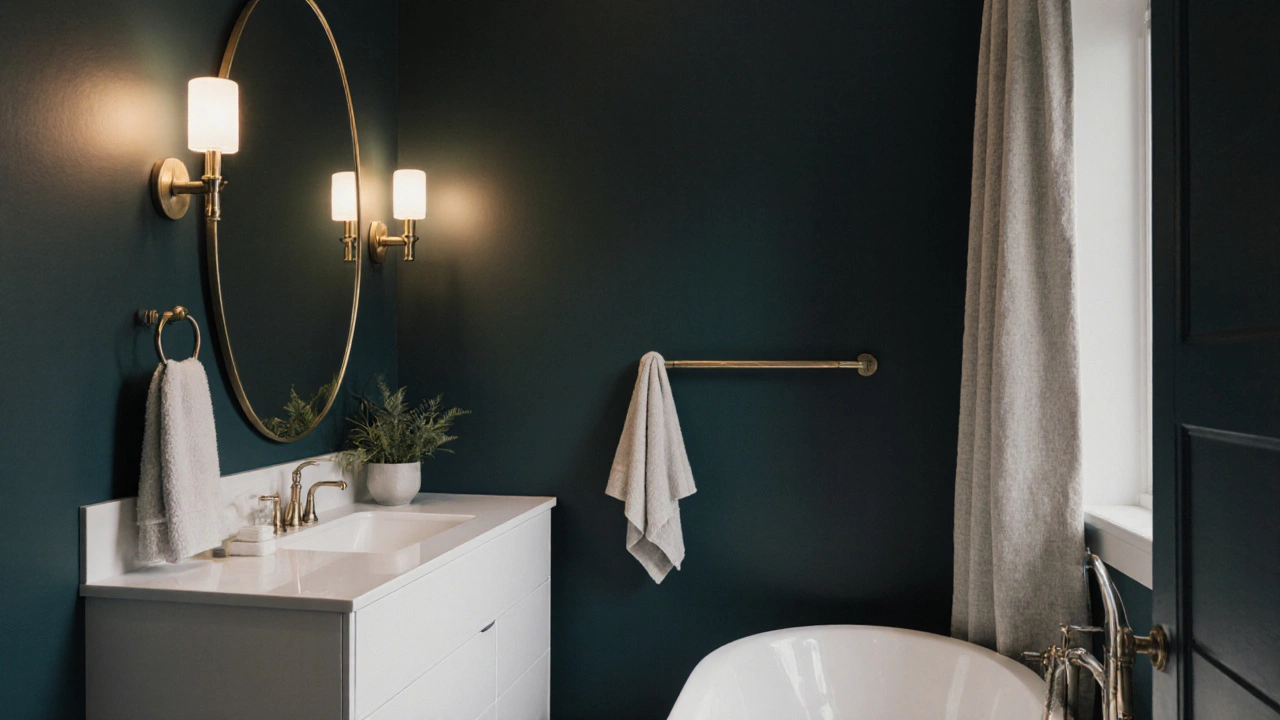
What Colors Make a Bathroom Look Expensive? Expert Picks That Actually Work
Discover the most effective colors to make a bathroom look expensive without spending a fortune. From deep neutrals to warm metals, these expert-approved palettes create luxury with just paint and smart details.
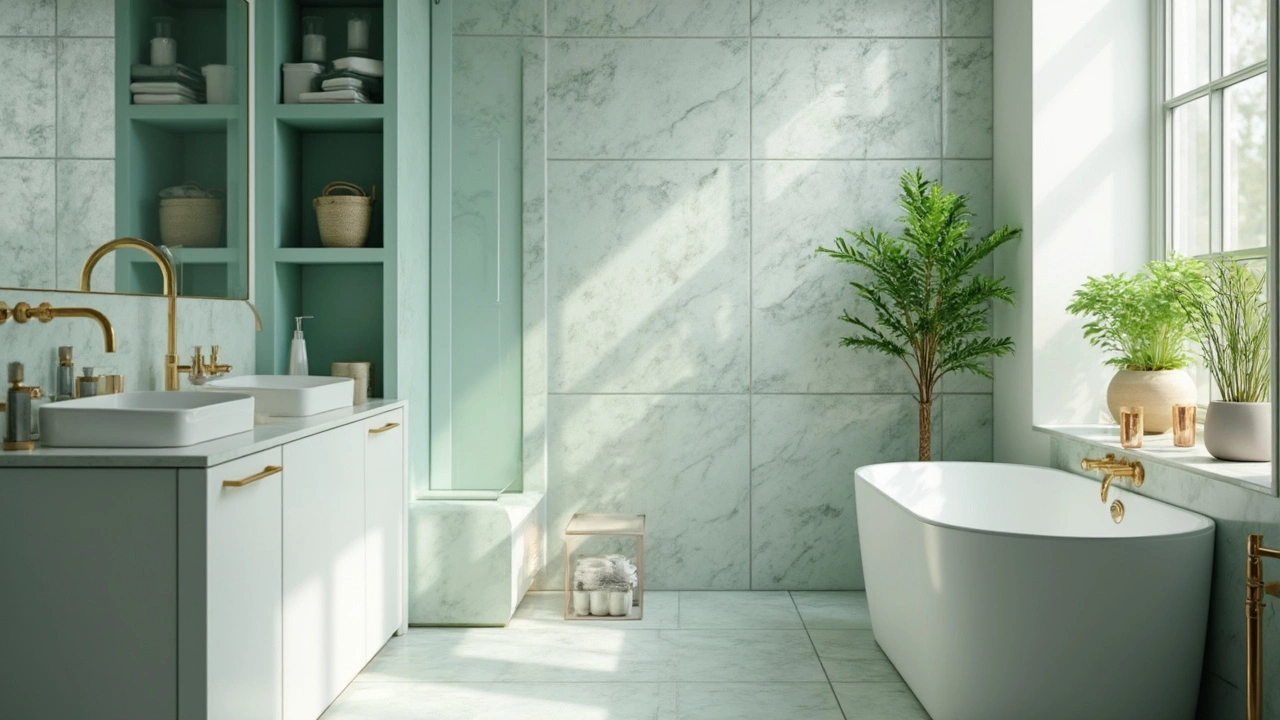
Best Paint Colors that Transform Small Bathrooms and Make Them Look Bigger
Struggling to make your small bathroom feel bigger and brighter? This article breaks down the best paint colors and practical tips to maximize space and light in any tiny bathroom. Discover how the right colors can transform your bathroom, with expert tricks, interesting facts, and real-life solutions. We cover everything from paint finishes to lighting to help you create a mini oasis. Your cramped bathroom won't know what hit it.
Categories
- Storage (27)
- Bathroom (18)
- Sofas (15)
- Curtains (15)
- Home Decor (12)
- Bedding (11)
- Kitchenware (11)
- Cushions (11)
- Mirrors (10)
- Rugs (9)
Popular Articles
